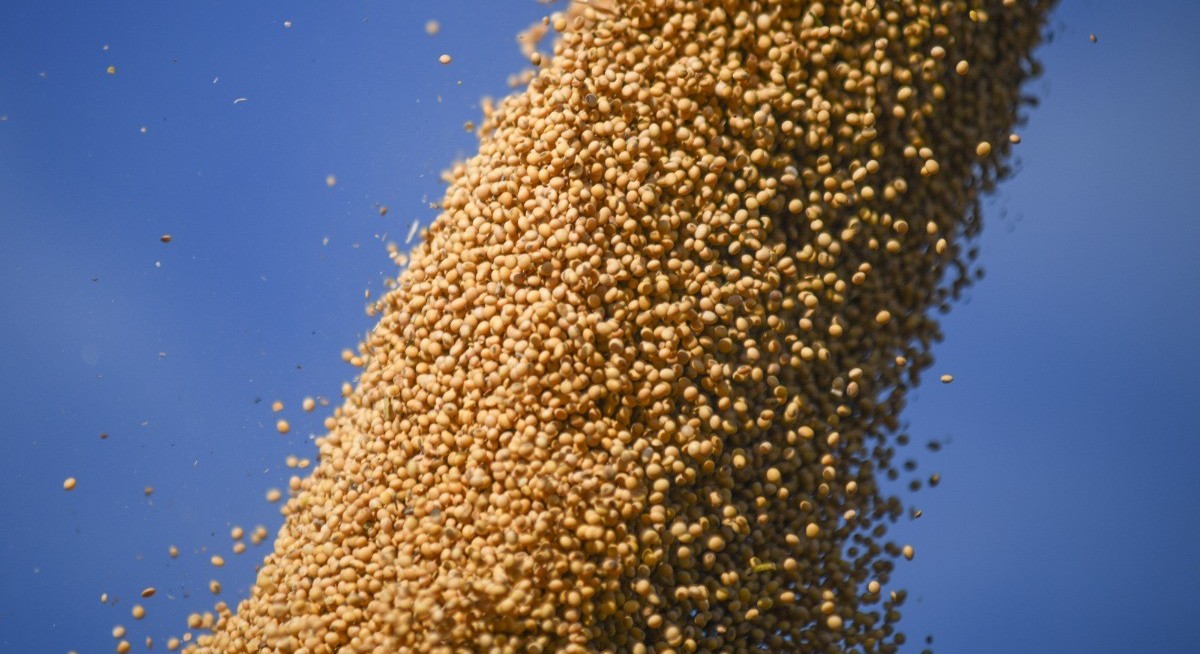(Oct 29): China has bought at least two cargoes of US soybeans, its first known purchase this season, which may mark a revival of flows as part of a wider settlement expected to be agreed between the two biggest economies this week.
The shipments are booked for loading and possible delivery later this year, according to people familiar with the matter. They asked not to be named as they are not authorised to speak to the media.
Chinese and US officials reached a broad framework agreement over the weekend in Malaysia, paving the way for Chinese leader Xi Jinping and US President Donald Trump to finalise a trade deal that would roll back many of the tariffs, fees and export restrictions threatened or implemented in recent weeks. The two are due to meet on Thursday (Oct 30).
Beijing had shunned US soybeans so far this export season, using the commodity as a bargaining chip in its trade war with Washington. Chinese crushers turned instead to South America for record shipments and have built ample supplies. But the diversification also exposed them to higher costs and weather-related risks.
US Treasury Secretary Scott Bessent had said that he expected the Asian nation to make “substantial” soybean purchases after American and Chinese negotiators came to terms on a range of contentious points at talks over the weekend.
See also: Meta looks to raise at least US$25 billion from bond sale
An agreement between the world’s two biggest economies could restart a trade that was worth more than US$12 billion last year, reopening access to the world’s largest consumer of soybeans for US growers who have faced prolonged financial strain.
“The news is no doubt positive but the markets will be waiting to see what are the details of the agreement,” said Chris Nikolaou, general manager of Advantage Grain, an Australian agricultural marketing company. “It’s definitely good for international demand, producers and the Chinese consumers.”
Grain traders have been optimistic that China and the US would reach an agreement this week on agricultural products, prompting a rise in soybean prices in Chicago. However, they remain cautious about how much American soy China will actually buy this season.
See also: Powell’s December warning exposes hardening divisions at Fed
It’s unclear if China will commit to fixed volumes of US soybeans and there’s uncertainty over how any deal would be implemented. With Chinese soymeal prices still weak, even a rollback of tariffs to pre–trade war levels may not make it profitable for Chinese crushers to take American beans, the people said.
A resurgence in imports from what was previously China’s second-largest source of soybeans could help reduce costs. However, a sudden influx of cargoes from the US could put additional pressure on prices of processed products such as soybean meal. American shipments of corn and wheat to China have also plunged to almost zero as Beijing restricted imports to protect farmers.
China’s appetite for US soybeans may also be tempered as the world’s second-largest economy struggles to regain growth momentum, limiting demand for animal feed and food. Moreover, Beijing’s long-term strategy to diversify suppliers and reduce reliance on the US is expected to remain in place.





